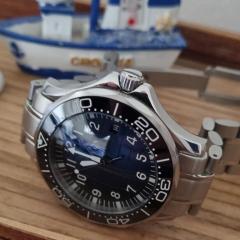-
Similar Content
-
Recently Browsing
- No registered users viewing this page.
-
Topics
-
Posts
-
The point I missed to make ! is ; moisture in the movement is the main problem, it can ruin electronic components.
-
@VWatchie I believe that function to turn ads off is a Patron and moderator perk as they contribute to the site with money or time respectively. Tom
-
By watchweasol · Posted
Hello and welcome to the forum the attached will help you . catalogueofwalth Watch Parts..pdf TZIllustratedGlossary.pdf -
Yes, now that you mention it, I think I remember (it was a very long time ago) creating a link for each picture, and that was massively time-consuming. I'll edit the post once I get the time for it. By the way, it's good to see you back on the forum! I have no idea how much the ads are bringing in, but I hope it’s at least enough to keep things running — and maybe even leave Mark a bit extra for stuff like food and rent. Not sure if everyone can do this, but you can actually turn off the ads. Just scroll down to the bottom of any page, click on "Theme," and pick one of the "No Ads" options.
-
By Neverenoughwatches · Posted
Why now Mark ? And which contact has brought you here ? People have been trying for bloody months to get hold of you for reassurance. Shite way to run a forum tbh. Seven months since you last visited. I think we all need to have a long discussion with you about what happens if anything happens to you. Please look forward to lots of questions. Thanks for the link John, it will be interesting to find out how much it costs when they email me back.
-













Recommended Posts
Join the conversation
You can post now and register later. If you have an account, sign in now to post with your account.
Note: Your post will require moderator approval before it will be visible.